Shelly Fan in Singularity Hub:
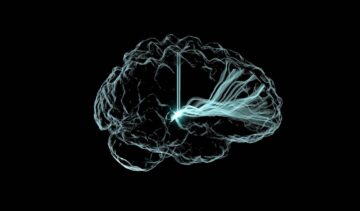 How consciousness emerges in the brain is the ultimate mystery. Scientists generally agree that consciousness relies on multiple brain regions working in tandem. But the areas and neural connections supporting our perception of the world have remained elusive.
How consciousness emerges in the brain is the ultimate mystery. Scientists generally agree that consciousness relies on multiple brain regions working in tandem. But the areas and neural connections supporting our perception of the world have remained elusive.
A new study, published in Science, offers a potential answer. A Chinese team recorded the neural activity of people with electrodes implanted deep in their brains as they performed a visual task. Called the thalamus, scientists have long hypothesized the egg-shaped area is a central relay conducting information across multiple brain regions.
More here.
Enjoying the content on 3QD? Help keep us going by donating now.

 C
C E
E Beyle does not say how long he stared up at the fresco, but it was long enough to reach ‘that supreme degree of sensibility where the divine intimations of art merge with the impassioned sensuality of emotion.’ Upon leaving the church, he wrote: ‘I was seized with a fierce palpitation of the heart …; the well-spring of life was dried up within me, and I walked in constant fear of falling to the ground.’
Beyle does not say how long he stared up at the fresco, but it was long enough to reach ‘that supreme degree of sensibility where the divine intimations of art merge with the impassioned sensuality of emotion.’ Upon leaving the church, he wrote: ‘I was seized with a fierce palpitation of the heart …; the well-spring of life was dried up within me, and I walked in constant fear of falling to the ground.’ 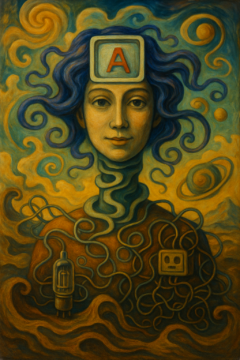
 A full-blown humanitarian emergency in Gaza is no longer looming. It is here, and it is catastrophic.
A full-blown humanitarian emergency in Gaza is no longer looming. It is here, and it is catastrophic. T
T Richard Blanco says he still can’t believe how much his life has changed since he read his poem “One Today” at U.S. President Barack Obama’s second inauguration in 2013. After his appearance, he received thousands of emails from people who appreciated his descriptions of hardworking Americans and immigrants, including his parents, and his vision of “All of us as vital as the one light we move through.”
Richard Blanco says he still can’t believe how much his life has changed since he read his poem “One Today” at U.S. President Barack Obama’s second inauguration in 2013. After his appearance, he received thousands of emails from people who appreciated his descriptions of hardworking Americans and immigrants, including his parents, and his vision of “All of us as vital as the one light we move through.”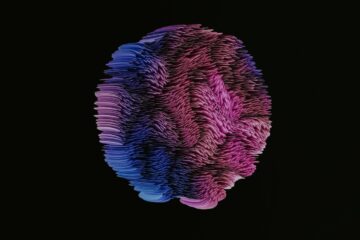 Older computer programs were hand-coded using logical rules. But neural networks learn skills on their own, and the way they represent what they’ve learned is notoriously difficult to parse, leading people to refer to the models as “black boxes.”
Older computer programs were hand-coded using logical rules. But neural networks learn skills on their own, and the way they represent what they’ve learned is notoriously difficult to parse, leading people to refer to the models as “black boxes.”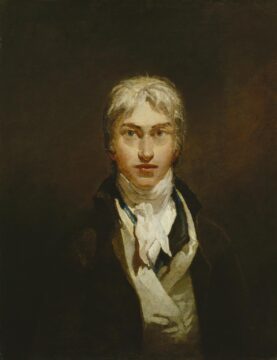
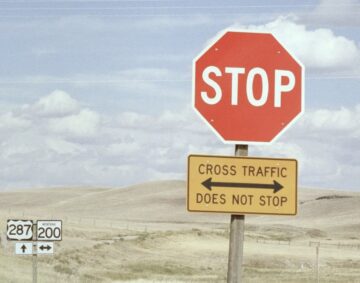 In the everyday sense of the term, the pragmatist is the person who ‘gets results’. The term can be intended as either a compliment or a criticism; it can be applied equally to effective and to unscrupulous managers and politicians. These connotations carry over, typically in misleading ways, into the philosophical sense of pragmatism.
In the everyday sense of the term, the pragmatist is the person who ‘gets results’. The term can be intended as either a compliment or a criticism; it can be applied equally to effective and to unscrupulous managers and politicians. These connotations carry over, typically in misleading ways, into the philosophical sense of pragmatism. Tracking a river through a cedar forest in Ecuador,
Tracking a river through a cedar forest in Ecuador,  In 1995, World Bank Vice President Ismail Serageldin warned that whereas the conflicts of the previous 100 years had been over oil, “the wars of the next century
In 1995, World Bank Vice President Ismail Serageldin warned that whereas the conflicts of the previous 100 years had been over oil, “the wars of the next century